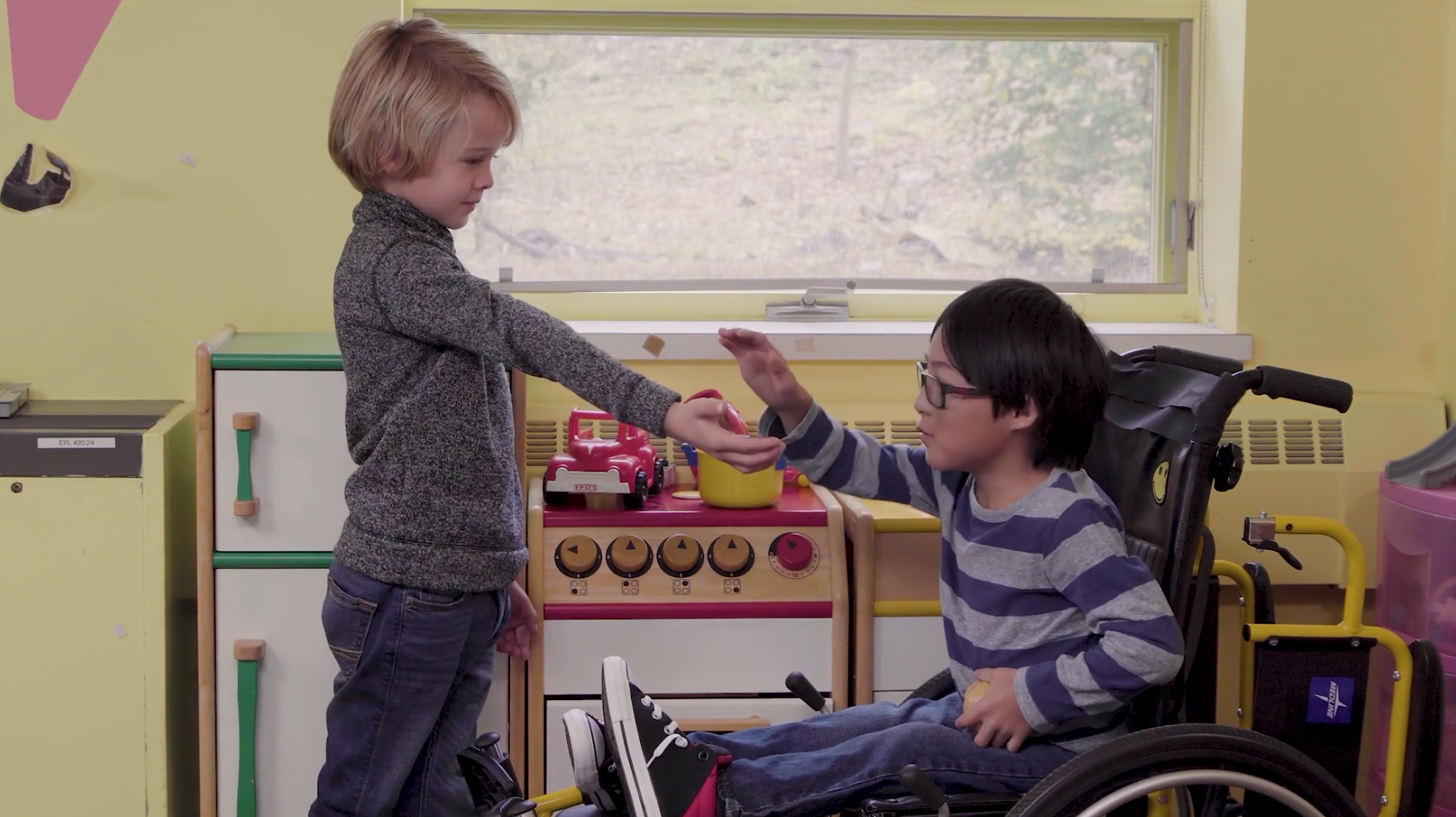
Introduction
Staying with the group is an essential social-emotional skill that helps students develop strong relationships, foster teamwork, and maintain a sense of belonging. This blog post will outline an easy, no-prep activity for educators to teach students the importance of staying with the group, followed by discussion questions, related skills, and next steps for further learning.
No-Prep Activity: The Guided Walk
This activity requires no preparation or materials and can be done in a classroom or outside. The purpose is to help students understand the importance of staying with the group and being aware of their surroundings.
- Ask the students to form a line and hold hands or place their hands on the shoulders of the person in front of them.
- Explain that they will be going on a guided walk and must stay with the group at all times.
- Begin walking slowly around the room or outdoor space, making sure the students are following and staying with the group.
- Occasionally pause and ask the students to close their eyes for a moment. Then, ask them to open their eyes and identify who is in front of them and who is behind them.
- Continue the walk, periodically checking in with the students and asking them to describe how they feel when they are staying with the group.
After completing the activity, gather the students for a discussion about their experience and the importance of staying with the group.
Discussion Questions
- How did you feel when you were staying with the group during the guided walk? How did you feel when you were asked to close your eyes?
- Why is it important to stay with the group when participating in activities or working on projects?
- Can you think of a time when someone didn’t stay with the group? How did that make you feel?
- What are some strategies you can use to help you remember to stay with the group in the future?
Related Skills
Staying with the group is just one of many social-emotional skills students need to develop. Other related skills include:
- Active listening: Encouraging students to focus on the speaker and provide feedback shows they are engaged in the conversation and part of the group.
- Cooperation and teamwork: Learning to work together and contribute to a group helps students understand their role within the group dynamic.
- Empathy: Understanding and sharing the feelings of others allows students to connect with their peers and maintain positive relationships.
Next Steps
Are you interested in exploring more activities and resources to help your students develop essential social-emotional skills? We invite you to sign up for free samples of our skill-building materials at Everyday Speech. You’ll find engaging activities, videos, and lessons designed to help your students thrive in both their social and emotional development. Don’t miss this opportunity to enhance your teaching and support your students’ growth!

